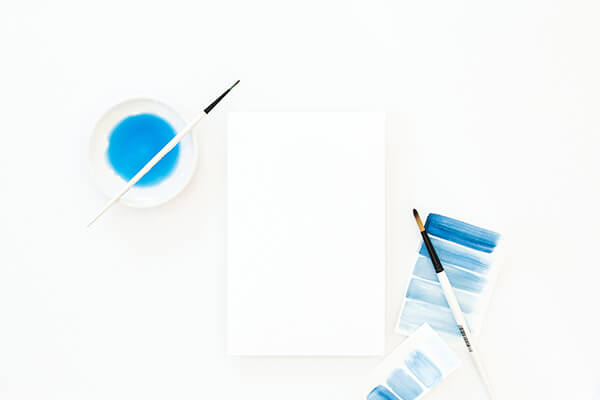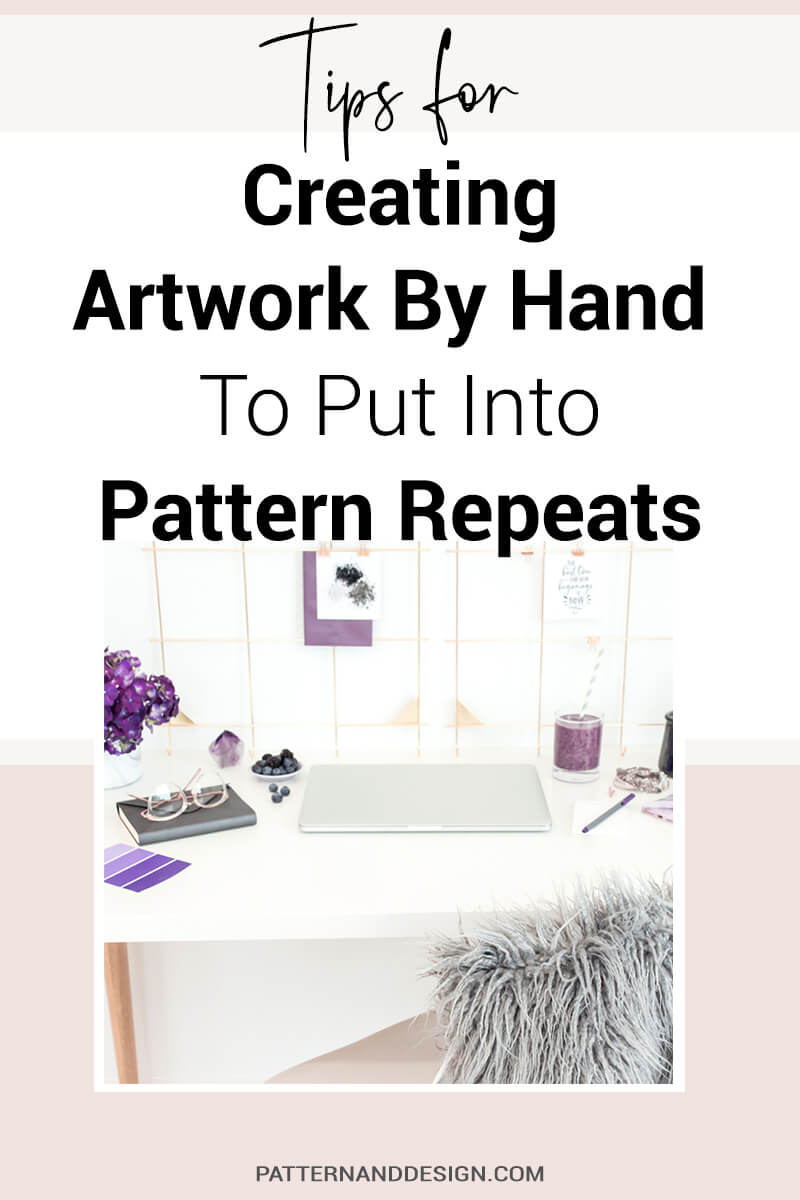learn about all things surface pattern design including the creative design process, being a successful creative entrepreneur & stepping into the mindset of a successful designer
welcome to the pattern design blog
blog
The
Categories
Popular
Tips to creating artwork by hand to put into pattern repeats
Do you love creating artwork by hand? Do you want to be able to put that artwork into a pattern repeat? Here are a few tips for you to consider that will make that process quicker and easier.
Tips to creating artwork by hand to put into pattern repeats
Consider the surface you use
One of the first things you need to consider when you’re creating hand rendered artwork is choosing the surface you’re going to work on. One of the most important things you need to consider is that the texture of the paper or surface you choose will come through when you scan your artwork. You may be happy for this to happen, but if not you should select a flat, untextured paper. For scanning purposes and to easily be able to clean up your design elements in Photoshop, clean, white (bright) paper is best.
Isolate your design elements
In order to have greater flexibility over the way you use your design elements and also make the cleaning up process in Photoshop easier, you should try and create each of your motifs separately. For example, if you were creating a floral design then you should draw each flower separately. When you bring your artwork into Photoshop to scan and clean up this will allow you to have each of the motifs as separate files or on separate layers.
Why is this important?
It allows you to move, layer and place each individual element wherever you choose. If they were all joined together then it makes it much harder to move each element individually.

Size of your design elements
Another important thing to consider is the size of the design elements you are creating. If you are planning on creating a pattern repeat in Photoshop then you need to remember that if you were to scale your object to a much larger size it will become pixelated.
One of the ways to avoid this is by making sure you create your design elements at the size you intend to use them or larger.
Scan your elements
Once you have created all of your design elements, it’s time to scan them into Photoshop. As a general rule, if you are intending to use your artwork at the size you have created it or smaller then 300dpi is a good setting to use.
Clean up your artwork
After you have scanned in your design elements, you will need to clean them up ready to create your pattern repeat. This involves removing the background and any unwanted marks.
You can take all of your elements and create a pattern repeat.
If you’re interested in finding out how to create pattern repeats in Photoshop, you can find out more here.

Want to create another revenue stream by turning your art into surface pattern designs?
Get the free guide
Get my FREE Surface Pattern Design Starter Guide